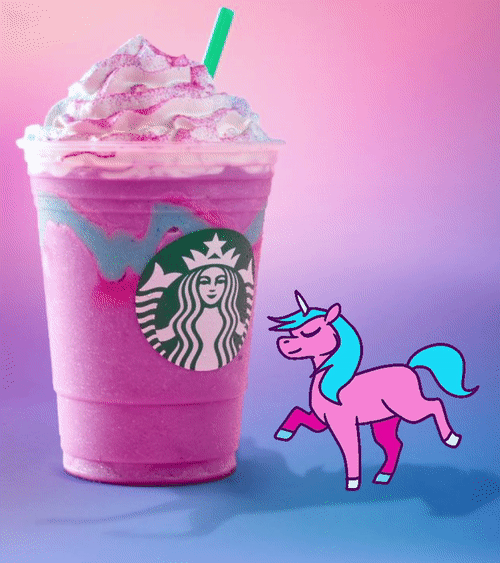
Brand communities and millennials
Brand communities have been around pretty much ever since the internet existed, and with the world we live in becoming increasingly globalised, with constantly blurring boundaries, we should surely be more connected than ever? However only a few companies have successfully facilitated a brand community. Millennials are tech-savvy individuals, who live and breath our new digitalised world. Millennials connect with friends, influencers and new social channels more effectively than any other generations, so it’s no surprise that they’re associating themselves with a variety of brands and networks. As a result of this, millenials are prone to connecting with communities rather than the brand itself, so why should brands invest time and budgets into a brand community?
1) Brand communities can be used as business strategies
 A brand can identify and consistently communicate values that connect consumers with the brand. Brand community also allows managers to monitor consumers in reality, and even provide feedback. Brand communities are usually ran by the consumer for the consumer, so it can allow brands a real insight to their world. This further reduces marketing costs and authenticates brand meanings. Fresher’s students are a brand’s primary target, as they’re just settling into university and creating their identity. Brands can therefore help students feel as part of a community and create a sense of belonging.
A brand can identify and consistently communicate values that connect consumers with the brand. Brand community also allows managers to monitor consumers in reality, and even provide feedback. Brand communities are usually ran by the consumer for the consumer, so it can allow brands a real insight to their world. This further reduces marketing costs and authenticates brand meanings. Fresher’s students are a brand’s primary target, as they’re just settling into university and creating their identity. Brands can therefore help students feel as part of a community and create a sense of belonging.
2) Brand communities increase loyalty
Brand communities have been found to increase loyalty amongst consumers. Furthermore research has found that brand communities can also increase purchase intent and repeat purchase of additional products. Ultimately this can turn some consumers into brand ambassadors of the product, which is perfect for spreading positive word of mouth recommendations around campus!
3) Stay relevant
Brand communities allow you to monitor your target audience, and can enable you to build a consumer profile. This will help brands stay updated with their marketing efforts, and also help brands stay relevant to their consumer. Nothing is worse than a brand trying to fit into a crowd where they’re not wanted (cringe!).
 Now that all sounds very simple on paper, but what brand has successfully achieved a brand community? Starbucks has created one of the most successful brand communities to date, with millennials rushing to be part of the clique. Starbucks evolved their community with their campaign; My Starbucks Idea. They used a suggestion box concept, by inviting exclusive brand members to come up with new product ideas. In the first year it generated over 70,000 ideas from the campaign! Who knows, the new Unicorn Frappuccino may have come from this campaign!
Now that all sounds very simple on paper, but what brand has successfully achieved a brand community? Starbucks has created one of the most successful brand communities to date, with millennials rushing to be part of the clique. Starbucks evolved their community with their campaign; My Starbucks Idea. They used a suggestion box concept, by inviting exclusive brand members to come up with new product ideas. In the first year it generated over 70,000 ideas from the campaign! Who knows, the new Unicorn Frappuccino may have come from this campaign!
Brand communities have a variety of benefits, and they’re great for connecting with your consumers. When students start university, they’re creating a whole new identity on their new journey. Students are more receptive to marketing messages, as they’re in a highly stressful environment, at such a critical time in their lives. Ultimately, if brands can connect with students and turn them into advocates of the brand community, they’ve become part of their journey throughout university and have ultimately gained a lifelong customer.
Written by: Emily Mullis, Media Partnership Account Sales Executive, BAM Agency Ltd
